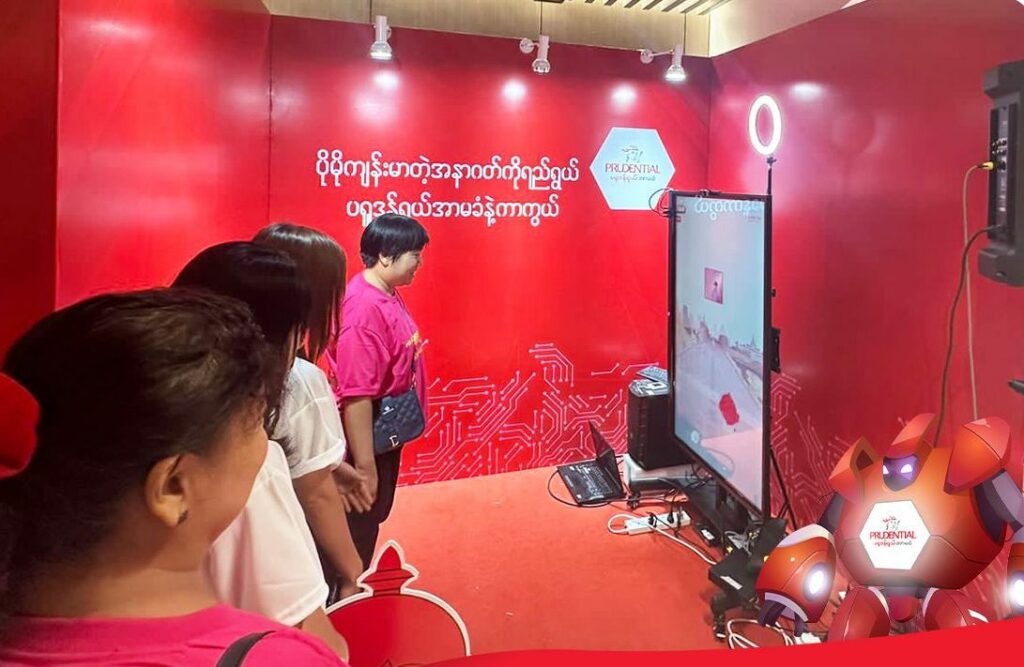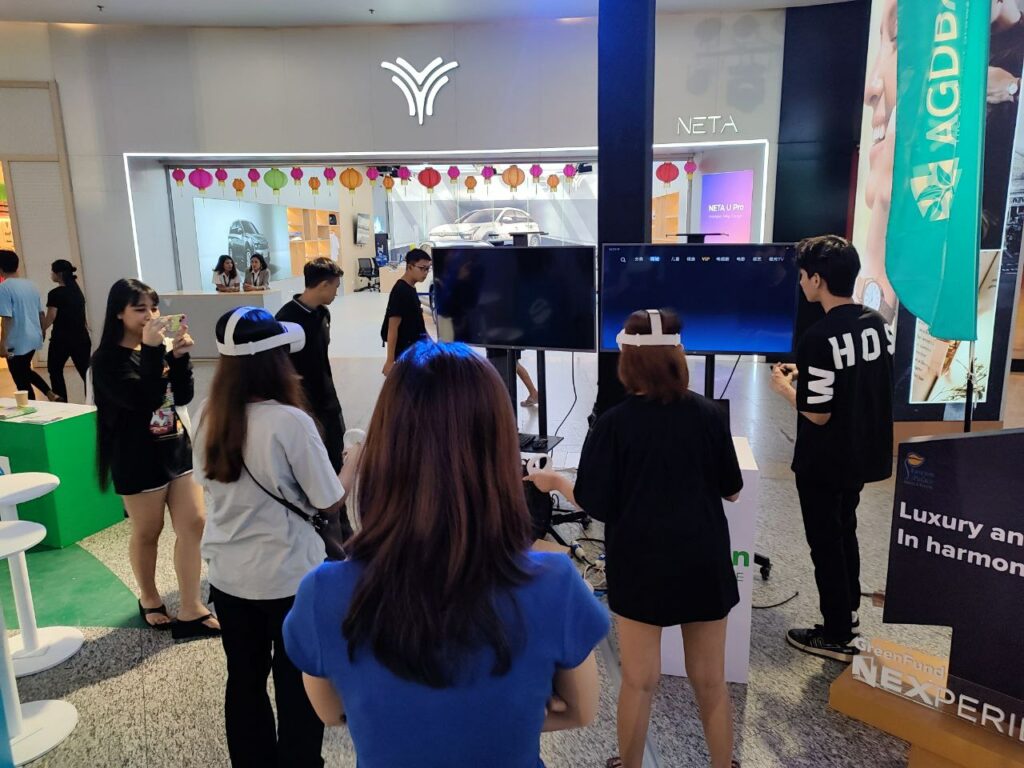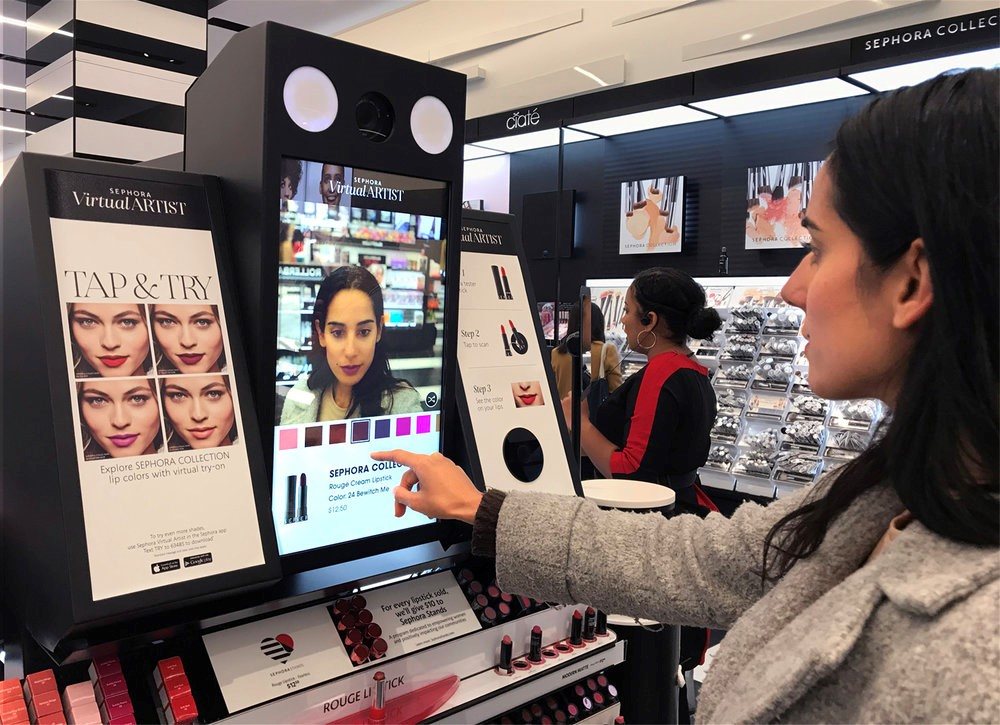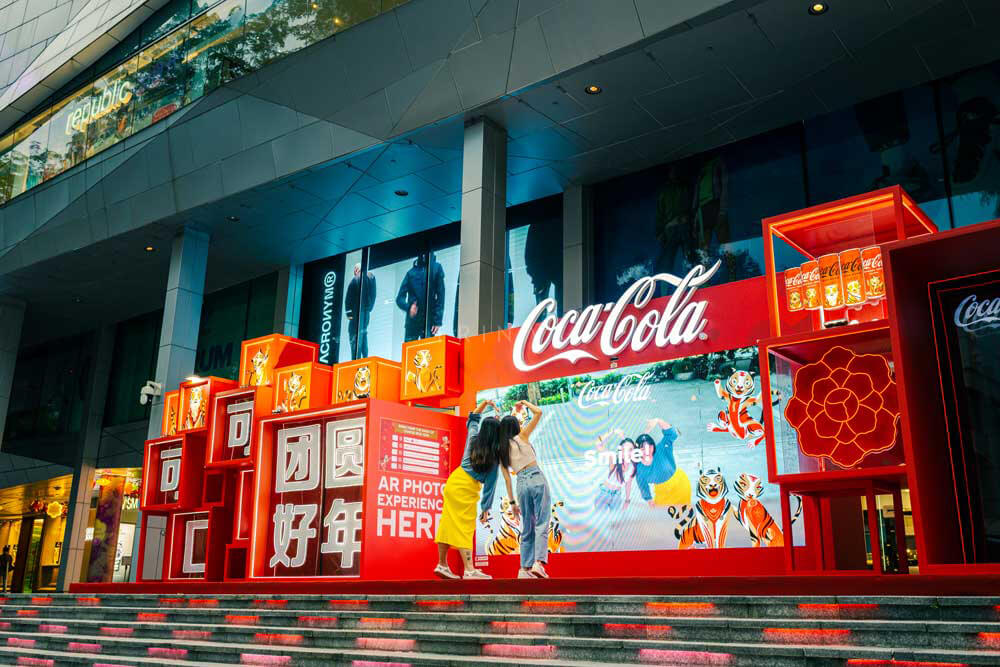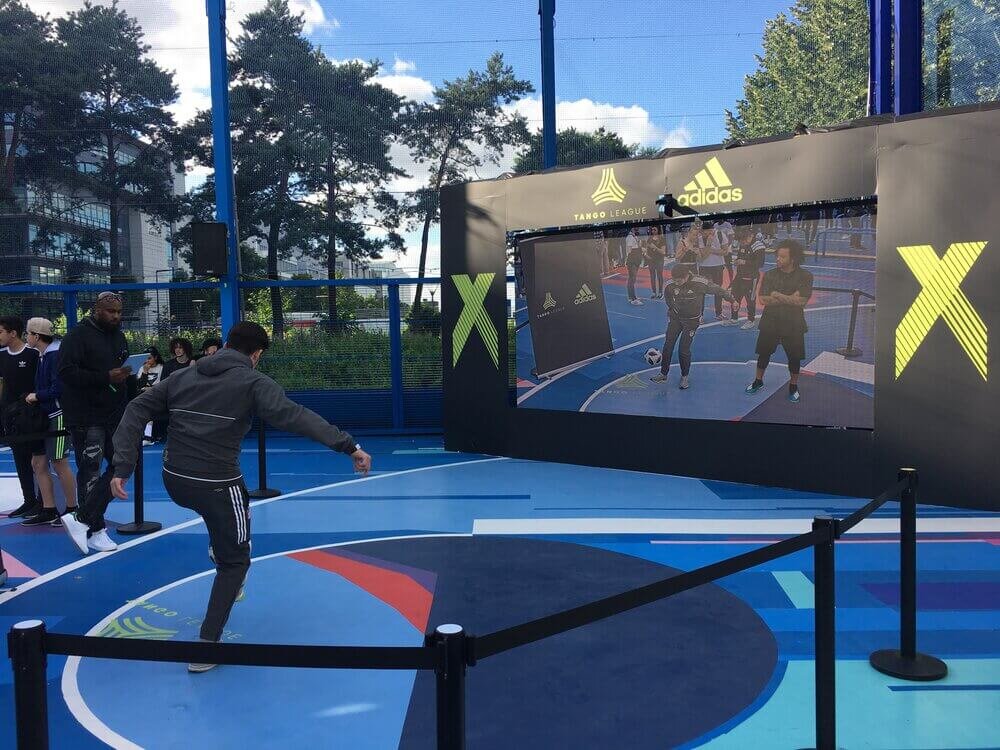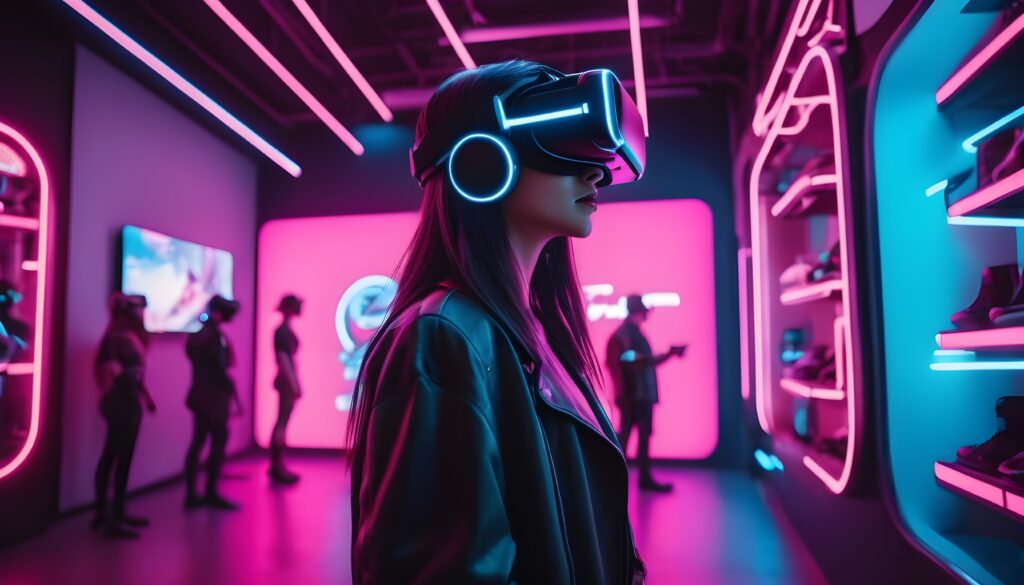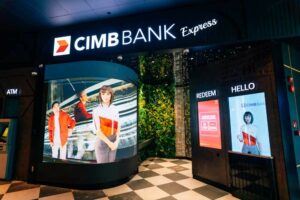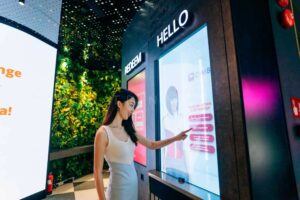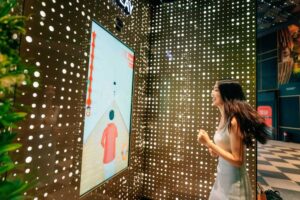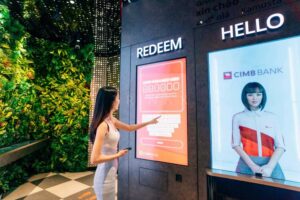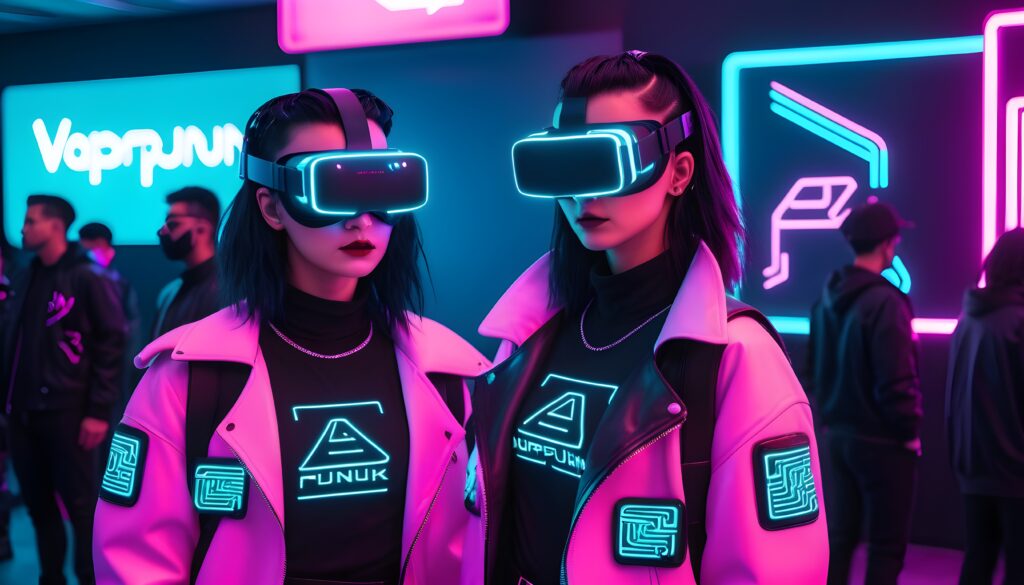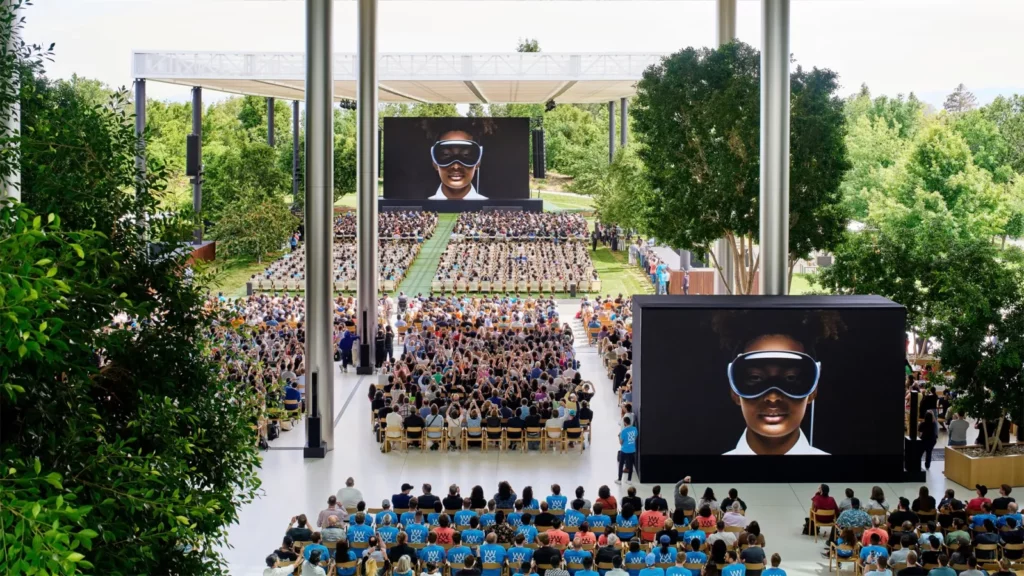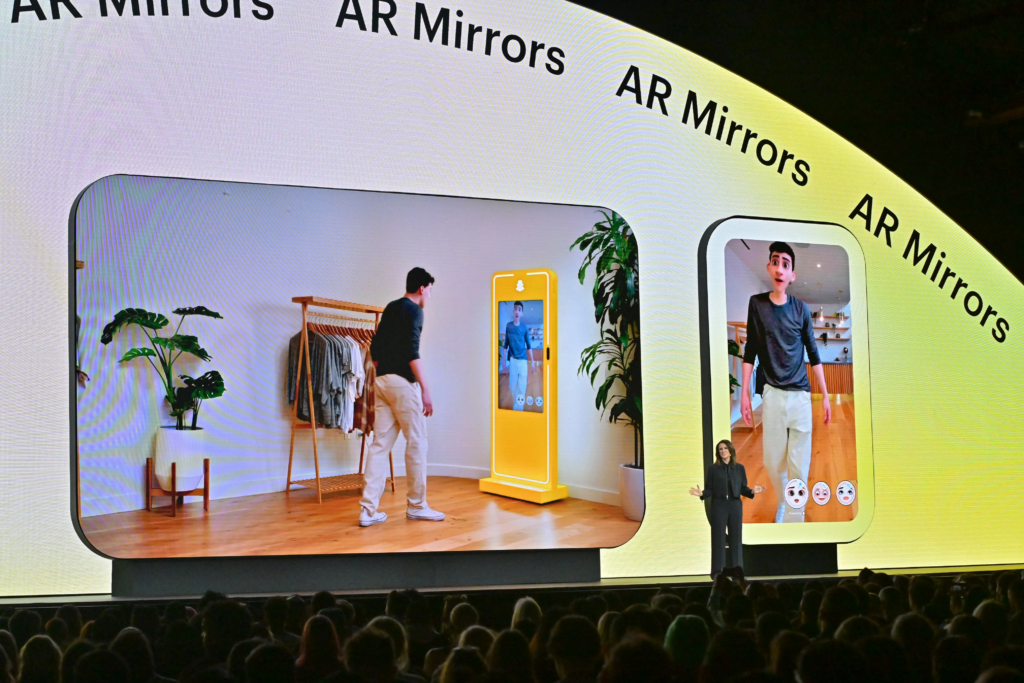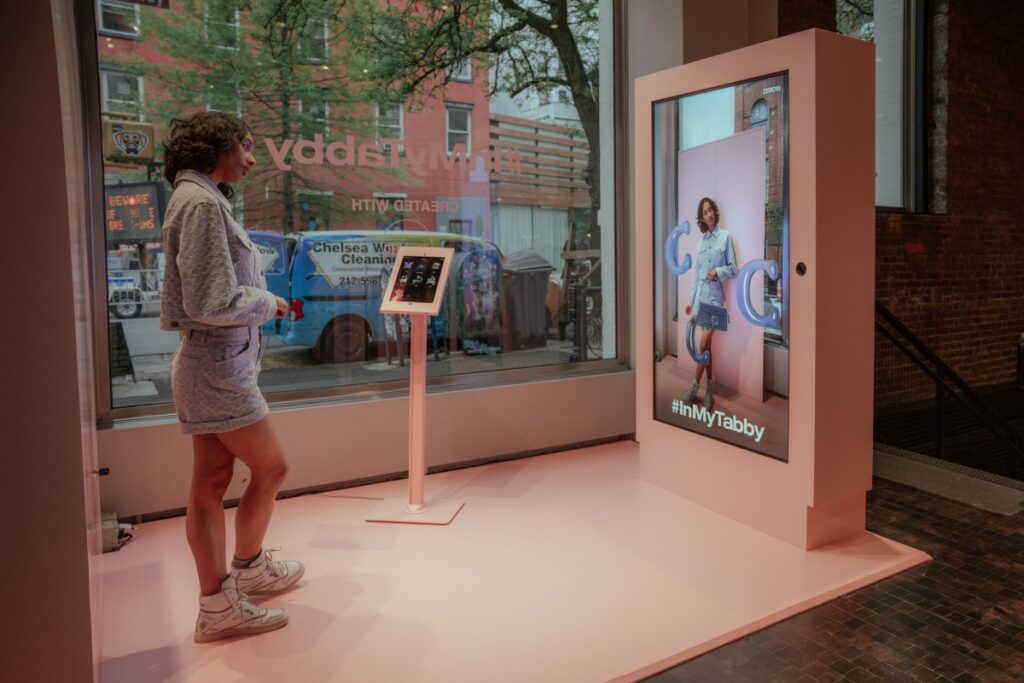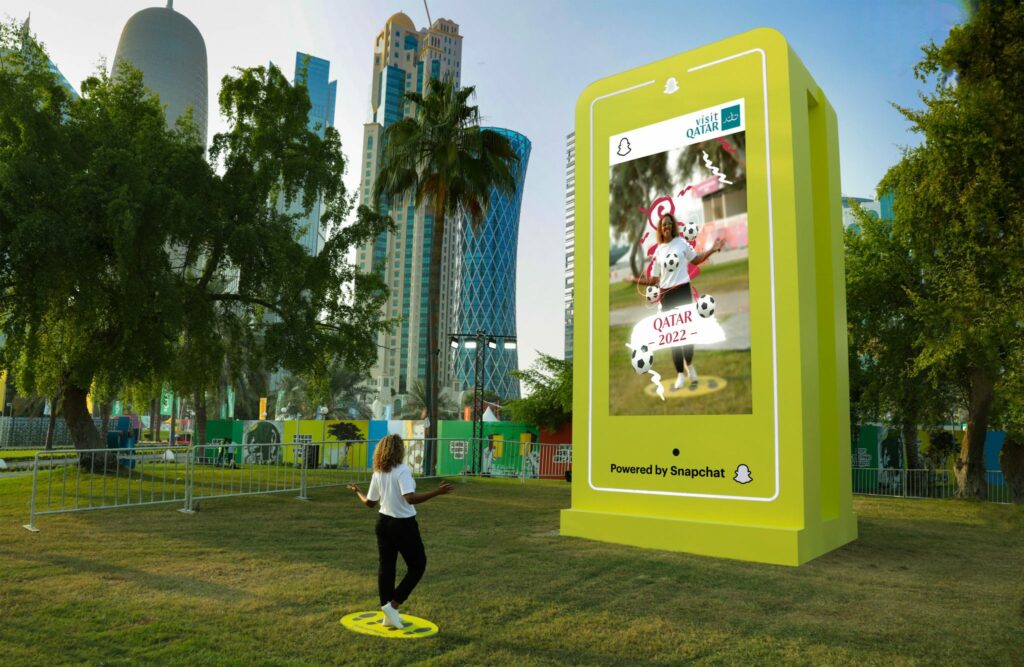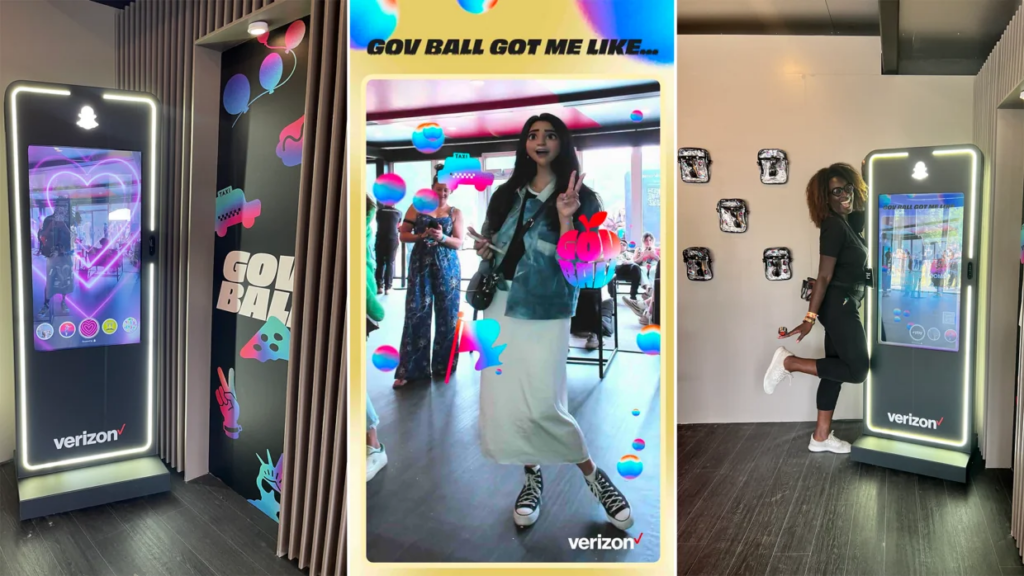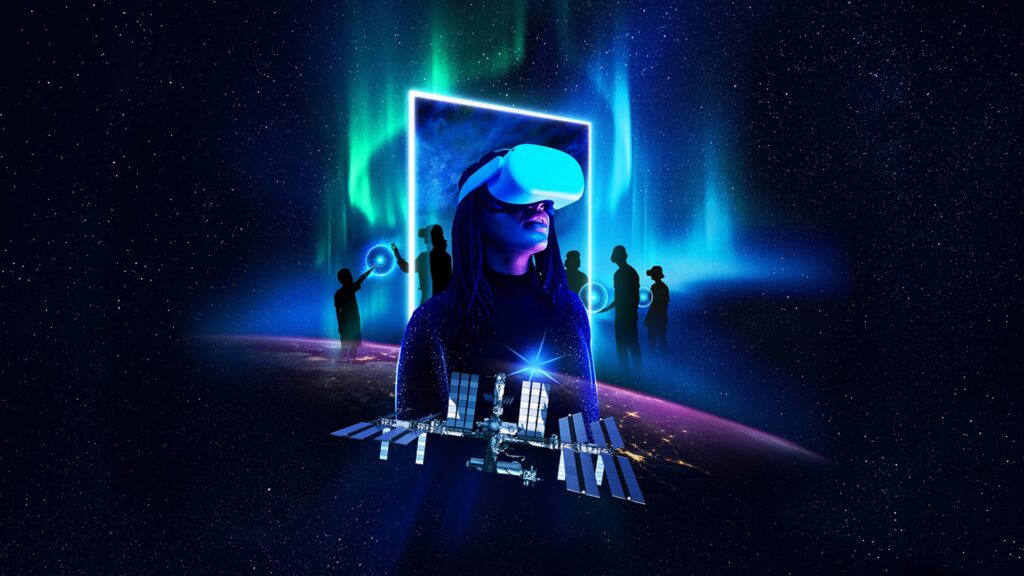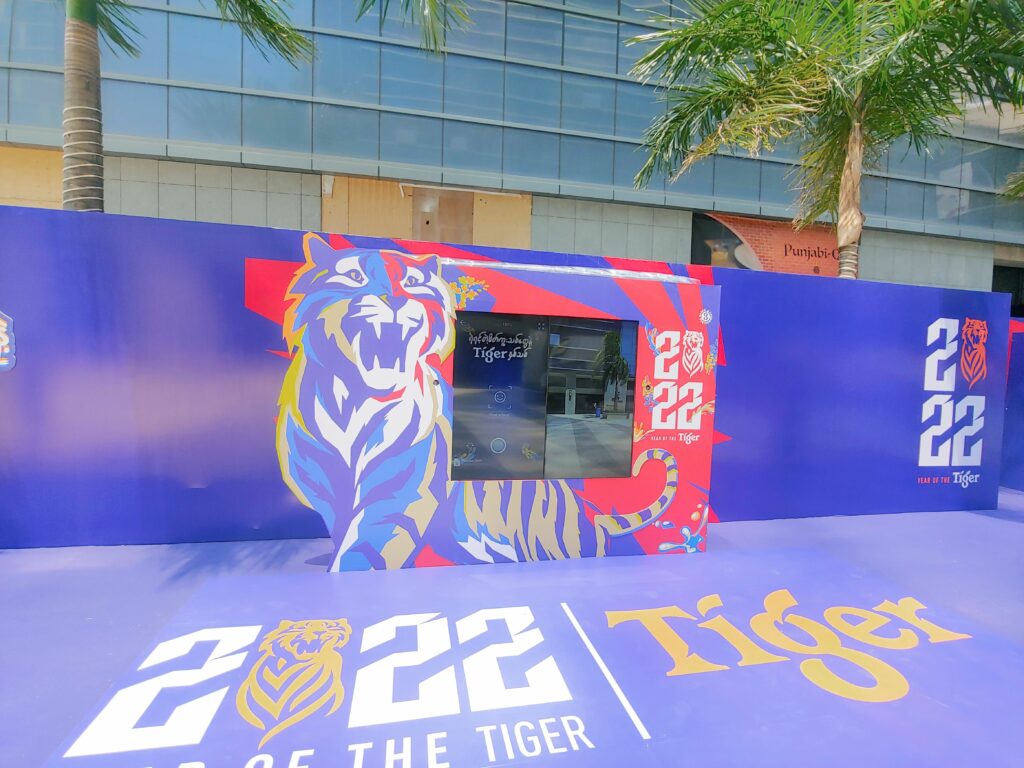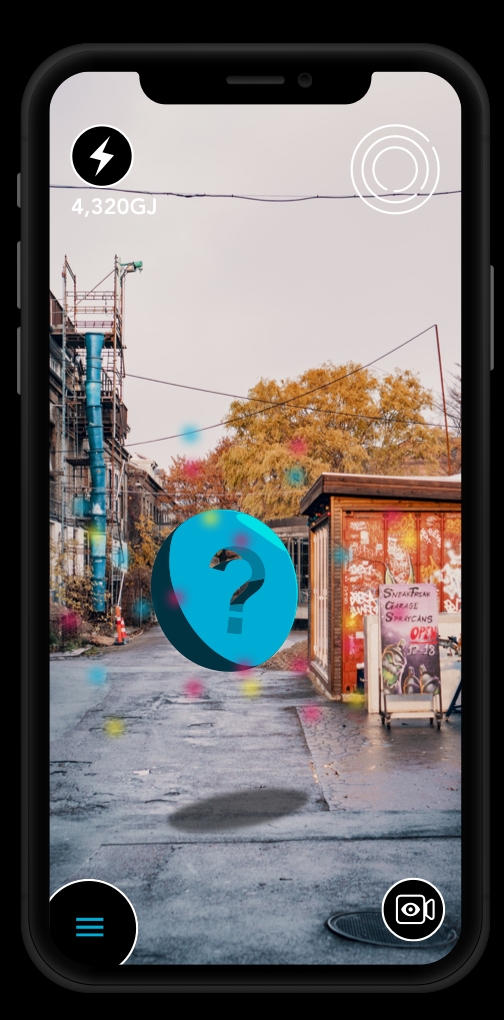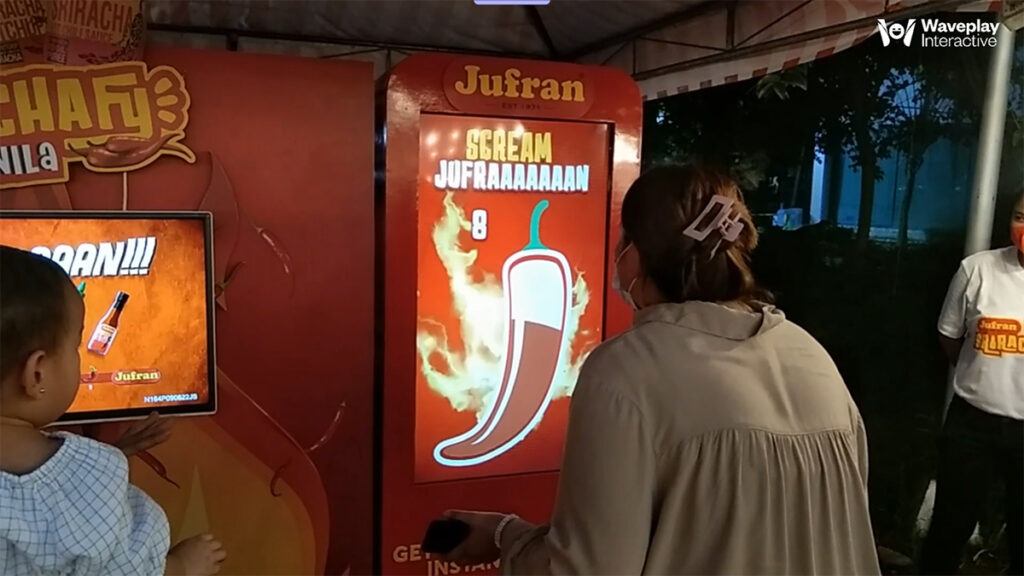Transforming Event Engagement: Prudential’s Success Story with AR Mirror
In an era where innovation and technology drive engagement, Prudential Myanmar and Prudential Cambodia have set a precedent with their creative use of the Vincent AR Mirror. This case study delves into how these branches of Prudential utilized AR games to captivate audiences, enhance brand exposure, and create memorable experiences at their events.
Introduction
In the competitive landscape of financial services, standing out requires more than just excellent products and services; it demands innovative engagement strategies. Prudential Myanmar and Prudential Cambodia have exemplified this by integrating the Vincent AR Mirror into their events. This customer testimonial reveals their journey, highlighting the significant impact of this cutting-edge technology on their brand and audience interaction.
Vincent AR Mirror: A Game-Changer for Event Engagement
Understanding the Vincent AR Mirror
The Vincent AR Mirror is a state-of-the-art augmented reality (AR) device designed to create immersive and interactive experiences. By combining the physical and digital worlds, it transforms ordinary events into extraordinary ones. For Prudential, this technology offered a unique way to connect with their audience and reinforce their brand message.
Prudential Myanmar’s Innovative Approach
Prudential Myanmar first showcased the Vincent AR Mirror at the World Robot Contest 2024. This prestigious event brought together talented students from ten countries to display their remarkable robotic designs. At their experience booth, Prudential Myanmar introduced the “PRUGuardian Spirit” AR game, emphasizing the importance of protection in life.
An Engaging AR Experience
The AR game created a buzz at the event, drawing families into a digital realm where they learned about life insurance, savings, and protection solutions. This interactive approach not only entertained but also educated attendees about the critical role of Prudential Myanmar in securing a healthier and more secure future.
The Impact on Prudential Myanmar
According to Ma Hsint Sanda, Head of Marketing at Prudential Myanmar and Lao, the AR game was a resounding success. It provided a sanctuary of connection and engagement, showcasing the company’s commitment to nurturing dreams and propelling innovation. The event culminated in the presentation of the PRUProtect Innovative Award, symbolizing the resilience and potential of young minds.
Prudential Cambodia’s Adoption of AR Technology
Following the success in Myanmar, Prudential Cambodia adopted the AR game for their events. The Vincent AR Mirror became a central feature, captivating audiences and enhancing brand visibility.
Boosting Engagement and Interaction
Ma Zin Nwe Kyaw, Assistant Manager of Digital Marketing at Prudential Myanmar, highlighted the significant boost in engagement and user interaction. The AR game not only entertained but also created substantial brand exposure. The creativity and professionalism of the Vincent AR Mirror team ensured the game’s success, even within tight deadlines.
Creating Memorable Experiences
Prudential Cambodia’s events mirrored the success seen in Myanmar. The AR game engaged attendees, providing an entertaining and educational experience. This approach demonstrated the effectiveness of combining technology with traditional marketing strategies to create lasting impressions.
Feedback from Prudential Myanmar and Cambodia
Ma Zin Nwe Kyaw’s Perspective
When asked about their experience with the Vincent AR Mirror, Ma Zin Nwe Kyaw praised the team’s creativity, professionalism, and attention to detail. Despite the rush for development, the AR game exceeded their expectations, from concept creation to execution. This success story highlights the importance of innovative solutions in achieving marketing goals.
Ma Hsint Sanda’s Insights
Ma Hsint Sanda echoed these sentiments, emphasizing the profound impact of the AR game on audience engagement and brand perception. The immersive Web AR game at the World Robot Contest 2024 not only captivated the audience but also underscored the significance of protection and insurance in life.
Conclusion
The Vincent AR Mirror has proven to be a transformative tool for Prudential Myanmar and Prudential Cambodia. By integrating AR technology into their events, they have set a new standard for audience engagement and brand exposure. This customer testimonial showcases the power of innovative solutions in creating memorable experiences and achieving marketing success. Here is how AR Mirror for Event works.
Discover How Vincent AR Mirror Can Transform Your Events!
Experience the power of cutting-edge AR technology to boost engagement, create memorable experiences, and enhance your brand’s presence. Contact us today to explore how the Vincent AR Mirror can revolutionize your next event. Let’s set up a meeting and bring your vision to life.
Explore more about our Vincent AR Mirror here.

